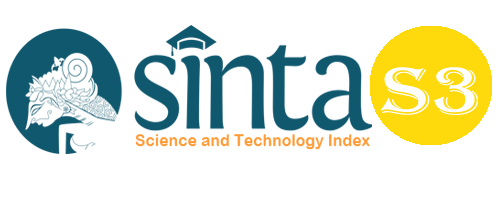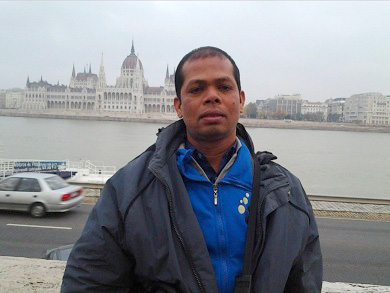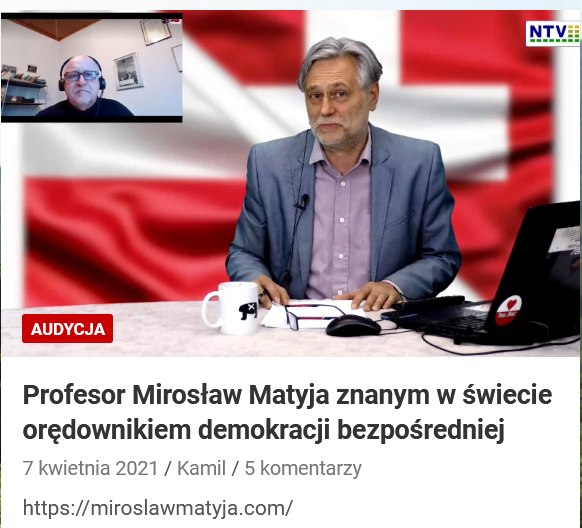Colonial Structure, Chinese Minority and Racial Violence in Indonesia: A Social Reflection
Abstract
Under the Dutch colonial, the Dutch (white skin) become the political, economic and social elites in the colonial society, while middle class consisted of far east people (Chinese, Arab, India, etc), and bumiputera (indigenous Muslim) people laying in lower layer functioning producer of natural resources or traditional (feodal) elite. Dutch elites (top local officials, such as resident), Chinese elite (officer), and traditional elite (regents) are "Top Branch" of colonial society. The structure has been continuing in the era of Soekarno’s Old Order and Soeharto’s New Order. And under the New Order, the political practices of minority have serious social-political implications related to negative image that always inherent in Tionghoa (Chinese) people of Indonesia. The Indonesian Chinese (Tionghoa) often be assumed as source of various problems, simply could be ‘scapegoat’, if there are riots, economic crisis and racialism. Under the New Order, the Indonesian Chinese remain to treated as the others, the marginalized people.
In the post Soeharto’s New Order 1998, however, the Chinese have been awakening gradually to join political parties and social organizations to take part in democratization and governance, even most of the Chinese conglomerates (taipan) has been the richest in Indonesia.
Keywords
Full Text:
PDFReferences
Arief Budiman, “The Emegence of the Bureaucratic Capitalist State in Indonesia” in Lim Teck Ghee (editor), Reflections on Development in Southeast Asia, Singapore: ISEAS, 1988
Anne Booth, Editor, Indonesian Economy During the Socharto Era, Oxford University Press, April 1982
Daniel S Lev, Politik Minoritas, Minoritas dalam Politik,, seminar paper entitled ‘’Orang Indonesia- Tionghoa: Manusia dan Kebudayaannya’’, managed and organized by LIPI, Jakarta, 1/11/2002 .
Jemma Purdey PhD, Anti-Chinese Violence in Indonesia 1996-1999 , Singapore: National University of Singapore Press, 2006
JS Furnivall, ‘’Plural Societies’’. in: Evers, H.D. ‘’Sociology of Southeast Asia’’. KL: Oxford Uni. Press, 1980: 86-96,
.Herdi Sahrasad (Herdi Nurwanto), ‘’Polarisasi social dan Kekerasan Politik: Studi tentang Kesenjangan antara Pribumi Muslim dan Etnis Tionghoa di Indonesia Era Orde Baru 1966-1998’’, PhD dissertasion, unpublished, UIN Sunan Kalijaga, Yogyakarta, 2011.
Herdi Sahrasad, ‘’Struktur Kolonial, Etnis Tionghoa dan Kerusuhan Rasial’’, Jurnal Paramadina, No.5 Juli 2007.
Leonard Blusse (Belanda) Proses Adaptasi Warga Keturunan Tionghoa dengan Warga Lokal, seminar paper with topic ‘’Orang Indonesia- Tionghoa: Manusia dan Kebudayaannya’’, conducted by LIPI, Jakarta, 1/11/2002,
.Leo Suryadinata, Editor, Southeast Asia’s Chinese Businesses in An Era of Globalization, Coping with the Rise of China, Singapore: Institute of Southeast Asian Studies (ISEAS), Singapura, 2006.’
Leo Suryadinata, Negara dan Etnis Tionghoa, Jakarta: LP3ES, 2002
Raymond Kennedy, "Southeast Asia and Indo¬nesia", in R. Linton, (ed.), Most of the World Peoples of Africa, Latin America and the East, Columbia University Press, 1957
Richard Robison, Indonesia: The Rise pf Capital, Sydney: Allen and Unwin, 1986
Tim Lindsey & Helen Pausacker,editors, Chinese Indonesian, Remembering, Distorting, Forgetting, Singapore: Institute of Southeast asian Studies, 2005
W.F. Wertheim, Indonesian Society in Transiti¬on, The Hague, 1959
Journal:
Prisma, Nurcholish Madjid,’’ Indonesia Masa Mendatang, Ibarat Sosok Santri yang Canggih’’, Prisma, No. 5, 1988.
Newspapers:
Straits Times, 25 February 1998
Kompas, Daniel Lev’s conversation with journalists, Kompas, 2 November 2000
Acknowledgements:
The writer would like to thank Prof Laurie Sears (University of Washington,Seattle) and Prof M Steven Fish (University of California Berkeley) for their kindness during my research days to finish this paper in February-April 2012 in UW Seattle and UC Berkeley, but the responsibility of the paper is the writer alone.
DOI: https://doi.org/10.33258/birci.v2i2.253
Article Metrics
Abstract view : 315 timesPDF - 259 times
Refbacks
- There are currently no refbacks.

This work is licensed under a Creative Commons Attribution-ShareAlike 4.0 International License.

This work is licensed under a Creative Commons Attribution-ShareAlike 4.0 International License.

_.gif)

















_.gif)



